-
title Hachiro Lagoon Reclamation Monument one word explanation the birthplace of Ogata-mura keywords historydiscoverydisaster prevention confirm, register ー conservation laws and ordinances ー 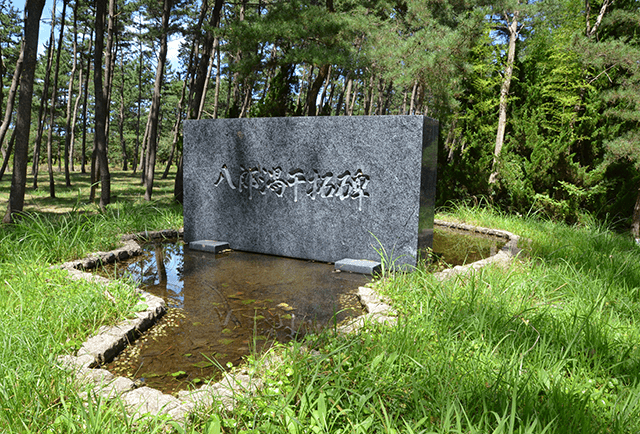
Once Japan’s second largest lake before the land reclamation, Hachiro Lagoon had a depth of 4.7m and a nearly flat bottom like a plate. The land reclamation created a 51.5km bank surrounding Ogata Village. With the activation of the drainage pump station in November 1963, the water level gradually began to sink and by September of the next year, an area of about 60km2 (6,000ha) of lake bottom was exposed, mainly on the west side of Hachiro Lagoon, where the water was shallower. Although this made up only 35% of the area to be reclaimed, 90% of the water had been drained. On September 15th, 1964, reclamation of the center of the lake began, and a “dry land ceremony” was held here, with most of those involved present. Finally, in 1969, to commemorate the greatest undertaking of the century, the Hachiro Lagoon Reclamation Monument was erected on a pedestal in the shape of Hachiro Lagoon.
-
title Ogata Shrine one word explanation the foundation of the heart of Ogata’s villagers keywords historyculturelegend confirm, register ー conservation laws and ordinances ー 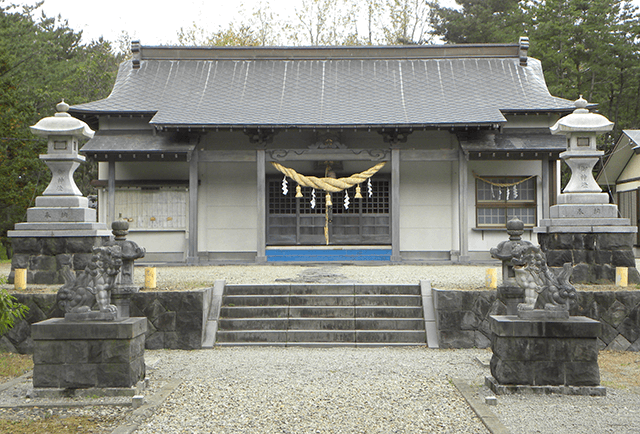
With the town hall, schools, residential and commercial areas built and settlement complete, Ogata Village was inaugurated on October 1st, 1964. Eventually residents began to wish for a shrine as a symbol of their solidarity. Around the same time, in 1973, Ise Grand Shrine held its 60th reconstruction ceremony. The next year, with the permission and cooperation of those involved, they inherited the old materials from Takihara no Narabi no Miya Shrine at Ise Grand Shrine. Using these materials, Ogata Shrine was built in 1978. Three deities are enshrined at Ogata Shrine: the sun goddess, Amaterasu Okami, ancestor of the Imperial household; the god of fertility, Toyouke no Okami; and the founder of Hachiro Lagoon, Hachirotaro no Okami. Ogata Shrine’s yearly festival is held on September 10th, with a procession of the portable shrine through the village, and ritual sumo matches.
-
title Former Hachiro Lagoon Settler Training Facility one word explanation Settlers trained here for one year. keywords historydiscoverysearch confirm, register ー conservation laws and ordinances ー 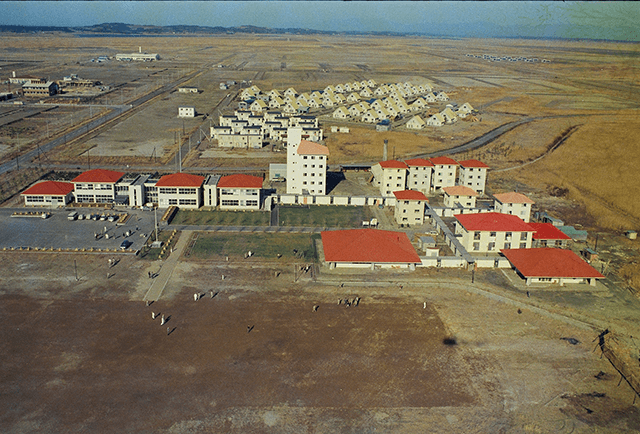
The aim of the construction on Hachiro Lagoon’s reclaimed land was to create a new farming town that would serve as a model for other regions. To that end, the national government held five rounds of applications from 1966 to 1974 to select people to farm the land. With the addition of settlers from Akita Prefecture, there were a total of 589 people and their families who settled in Ogata Village. Those selected underwent a year of training, of which seven months were compulsory. The training took place at the Hachiro Lagoon Settler Training Facility, which included the main building, lodging houses, a garage, and more. Presently only two of the lodging houses remain.
-
title Minaminoike Park one word explanation the settlement monument shines keywords historynaturebeautiful confirm, register ー conservation laws and ordinances ー 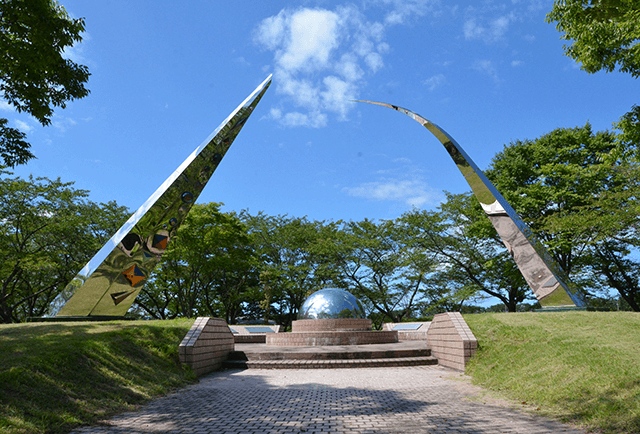
Minaminoike Park was built in 1976 to commemorate the completion of the Hachiro Lagoon land reclamation. It is filled with many beautiful flowers, such as the Yoshino cherry and rhododendron in spring, and the lotus flower in summer. In the park you’ll find many monuments, such as the Land Reclamation Monument, dredger “Donryu” used in the reclamation, a monument to the Ogata Village settlers with all their names carved on it, and a monument with the poem “Though the Moss at the Bottom of the Sea Flutters Ever Green, Spring Will Come to Hachiro Lagoon” by Reisui Ishida, a poet who loved Hachiro Lagoon. Step back in time to the days of the Hachiro Lagoon reclamation and learn about the experiences of the Ogata Village settlers.
-
title Mt. Ogatafuji one word explanation Watch your step and be careful on the summit keywords historybeautifuldiscovery confirm, register ー conservation laws and ordinances ー 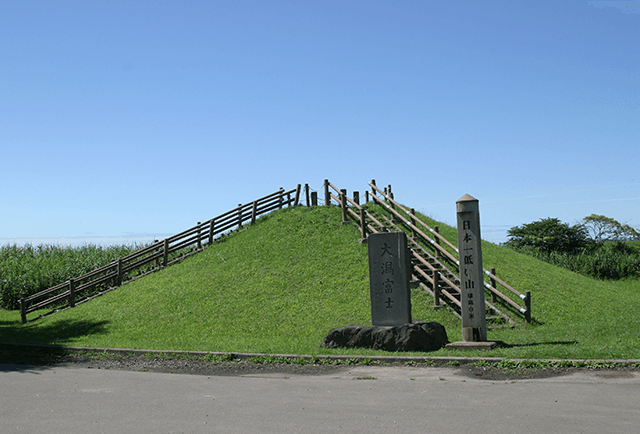
The lowest mountain in Japan, Mt. Ogatafuji is an artificial mountain, completed on “Surveying Day”, June 3rd, 1995. From base to peak, it is 3.776m tall, exactly 1/1000 the size of Mt. Fuji. Its peak is at sea level, and like the nearby Hachiro Lagoon Reclamation Memorial Water Level Tower, it represents the former lake surface of Hachiro Lagoon. Ogata Village was born from the lake bottom of Hachiro Lagoon after it was drained. Because of this, the land outside the embankment is lower than sea level. From Mt. Ogatafuji’s peak, you can enjoy the view of the reclaimed land, and also realize just how deep Hachiro Lagoon once was. There is also a triangulation point in front of the Hachiro Lagoon Reclamation Memorial Water Level Tower, which is 3.9m below sea level.
-
title Hachirogatakasen Park one word explanation Memories of the Sea of Japan Earthquake keywords disaster preventiondiscoveryhistory confirm, register ー conservation laws and ordinances ー 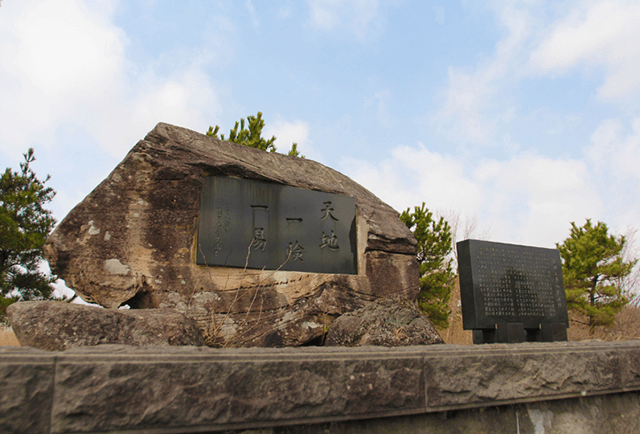
Around noon on May 26th, 1983, there was a magnitude 7.7 earthquake in the Sea of Japan off the Akita coast. It was a large-scale disaster, with over 9 billion yen in damages to the embankment that is it town’s lifeline, as well as agricultural maintenance facilities. The sand layer of the earth that makes up the embankment liquefied and began to sink. Rather than just repairing the embankment, steel plates were put in place between the lake and the embankment, further expanding its size. The construction cost a total of 32.77 billion yen and was completed in 1985. Hachirogatakasen Park was built to celebrate the completion and a monument was erected with the prayer that such a disaster never happens again.
-
title Final Construction Point of Hachiro Lagoon Reclamation Embankment one word explanation the final cutoff point where the embankment closed keywords historydiscoverysearch confirm, register ー conservation laws and ordinances ー 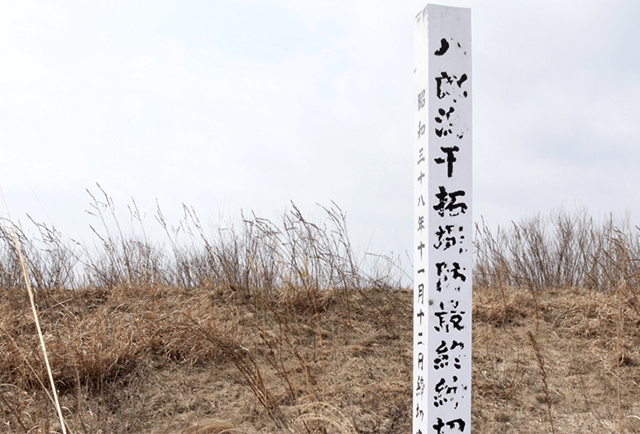
Born from the Hachiro Lagoon reclamation, Ogata Village is surrounded by a 51.5km long embankment. Acting as the town’s lifeline, this bank took six years to build, beginning in 1958. A post marks the final construction point, 1.4km east of the Nanbu Drain Pumping Station. Construction was finished on October 12th, 1963 and drainage inside the embankment began a month later on November 12th.
Hachirogata Reclamation
Home >
What is the Oga Peninsula - Ogata Geopark? >
Geosites and spots >
Ogata area >
Hachirogata Reclamation

